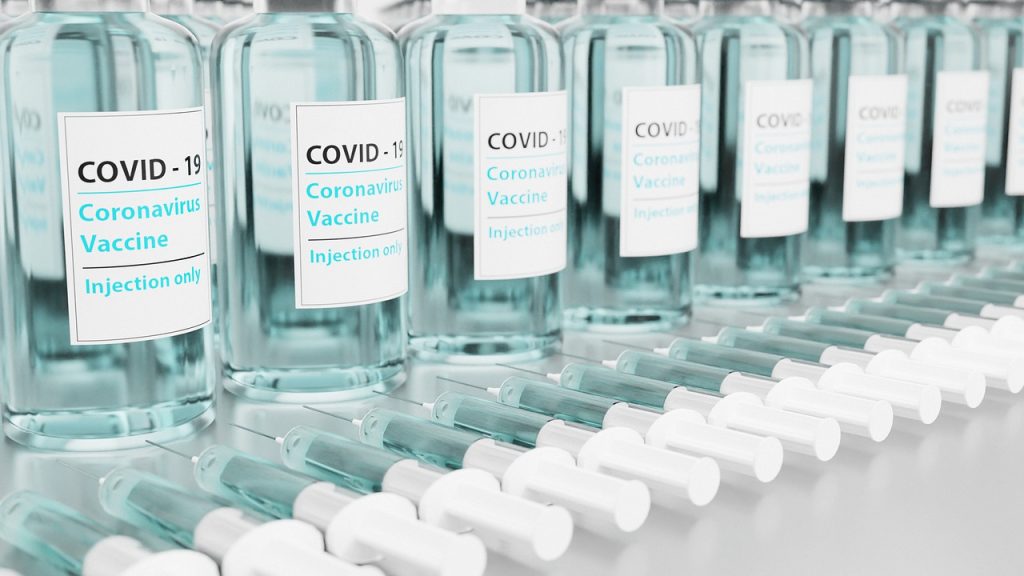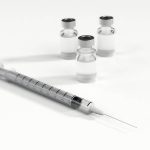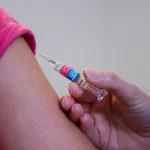HRT reports that Croatia’s favorable epidemiological situation continues, as 276 new COVID-19 cases were confirmed on Sunday. The share of positive cases among those tested was 5.3%. Unfortunately, another 25 patients died.
The number of patients in hospital treatment and on ventilators was the same as Saturday – 1,142 patients are in hospital, and 107 are on ventilators.
On Monday, 25,200 doses of the Moderna and AstraZeneca vaccine will be distributed in Croatia. Those over the age of 65, the chronically ill, and everyone else who wants to be vaccinated will be vaccinated.
Epidemiologist Iva Pem Novosel (Croatian Public Health Institute) explained that the distribution to Slavonia and Dalmatia starts on Monday. Istria and central Croatia will receive doses on Wednesday, and the northern part of Croatia will receive them on Friday. Vaccine quantities are determined in proportion to the population.
Although pensioners’ associations are asking to postpone the vaccination of the elderly with the AstraZeneca vaccine, Pem Novosel says that Croatia’s situation is not such that vaccination should be postponed.
“Already after the first dose, the effectiveness develops in three weeks, and when two full doses are received with the maximum interval of 12 weeks, that efficiency is as much as 82%,” she says.
On Sunday, Split-Dalmatia and Primorje-Gorski Kotar counties were in the lead in terms of the number of infected people.
Vladimir Mićović, NZJZ director of Primorje-Gorski Kotar County, called for caution when easing measures.
He is in favor of, he said, a certain gradual opening if there are indicators and preconditions, and above all, the opening of schools. He also mentioned, “coffee on terraces.”
“Maybe we should think about it if there are conditions,” he said.
On Monday, high school students return to the classroom in Zagreb and Lika-Senj County.
“Almost 30,000 additional high school students from Zagreb will return to school on Monday. All those schools that worked according to model A in the first half of the year will work according to the same model Monday, and it is difficult to say how this will affect the epidemiological situation,” says Ivica Lovrić, head of the Zagreb City Office for Education.
Compared to December, Zagreb schools are 10 times less infected, he added.
“We have 114 infected students and 86 infected employees. If we put this in the context of somewhere around 100,000 children and employees coming to schools, then that really isn’t a big number. We hope that the number will not grow; of course, if the epidemiological situation worsens, we will again consider the introduction of model C,” he points out.
Valentina Zdunić, head of the Department for Social Activities of Lika-Senj County, announced that as of Monday, a total of 1,135 high school students would be in school. She emphasized that the schools are ready and that if the epidemiological situation worsens, they will switch to another teaching model.
To prevent this from happening, adhering to epidemiological guidelines is the best option.
To read more about COVID-19 in Croatia, follow TCN’s dedicated page.












